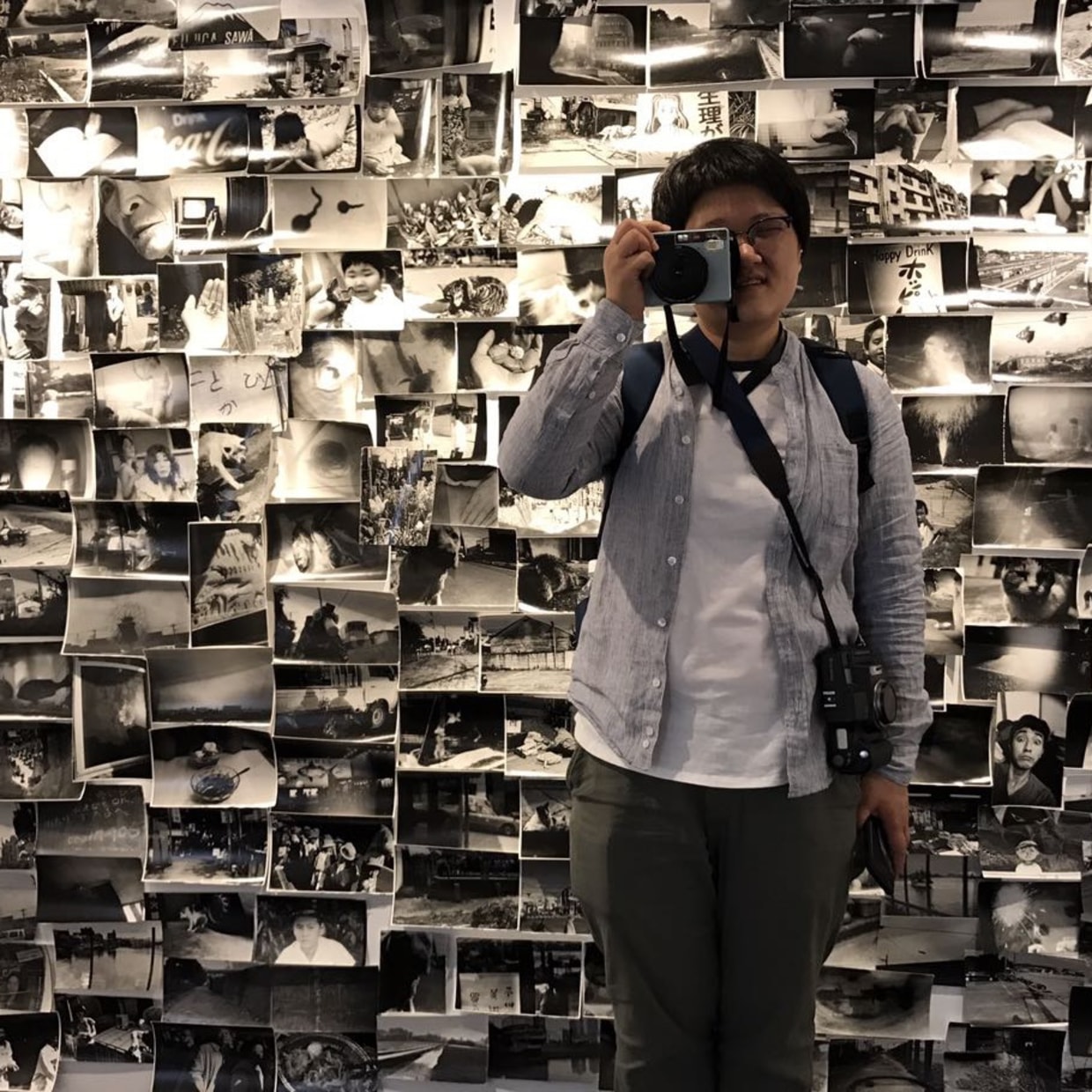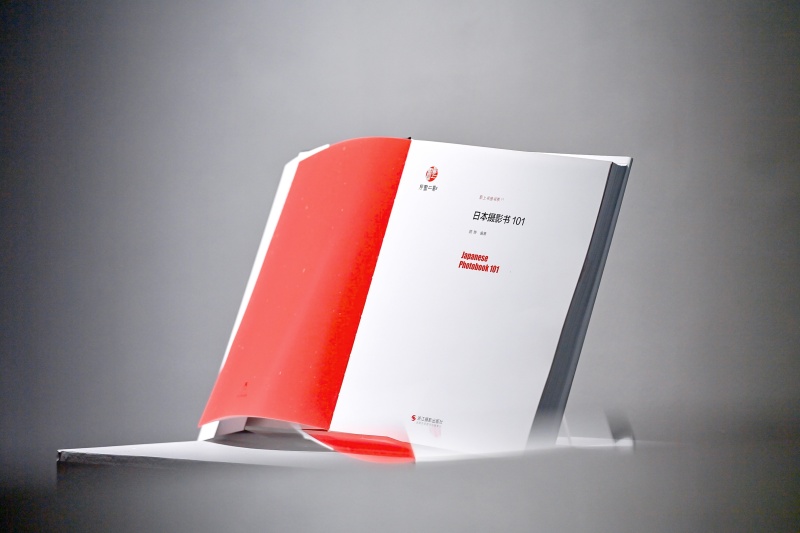In 1848, photography was introduced to Japan from the Netherlands on a merchant ship berthed in Nagasaki. Then it was quickly accepted by the Japanese under the influence of Rangaku and Western painting. Initially, photographic materials were mostly handed down as official records in Japan. However, with the popularisation of dry plate negatives, Japanese photography became accessible to the public and gradually took artistic forms. As some progressives returned from overseas studies, they introduced new photographic techniques and trends into Japan and began to produce albums with new styles in the arrangement and binding of photos. Photographic albums also became an important medium for display and communication. The photobooks on display in this exhibition are mainly in the form of albums. Koishi Kiyoshi, the pioneer of "New Photography" before the war, and Shinzō Fukuhara, who practised the aesthetics of "Pictorialism", are important representatives of the early history of Japanese photobooks.
From the 1960s to the 1970s, through the delicate combination of subject selection, design and printing, photo albums even became a more popular dissemination method that transcended the original works. Some of them had become indispensable in the history of Japanese photography. For instance, Eikoh Hosoe's Ba Ra Kei: Ordeal by Roses (1963) and Kikuji Kawada's The Map (1965) represented the new understanding and design of photo albums in Japan at that time. During that turbulent era, Provoke (1968-1969), a contemporaneous original photography magazine, was the product of a new generation of photographers who started changes and radical explorations. Hiromi Tsuchida's Zokushin (1976) and Masatoshi Naitō's Baba (1979) are classic non-fiction works combining folk records and personal style. Risaku Suzuki's famous work Kumano (1998) brought a new definition and style of documentary photography.
In the 21st century, women who had long been absent from Japanese photography history started participating in the development of Japanese photography. More and more female photographers started using cameras to establish their own styles and ideals through unique perspectives and delicate emotions. Their works are pluralistic and complex: some of them are gentle and colourful; some of them are provocative but gloomy. The inner tension is vividly portrayed in Miwa Yanagi's Fairly Tale (2007), Toshiko Okanoue's Drop of Dreams (2002), Rinko Kawauchi's Halo (2011), and Tomoko Yoneda's After the Thaw.
In Camera Lucida, Roland Barthes used haiku, the Japanese traditional short poem, as a metaphor for photography: their commonality is the capture of the absolute moment. Yingshang Photography Book Archive believes that photobooks are an extension of this highly condensed language. By presenting the key moments and classic works in the history of Japanese photobooks in this exhibition, we aim to review the development process of Japanese photography, show the changes in Japanese social culture, and inspire audiences to have a new understanding of these books and the stories behind them.
In 2021, on the occasion of the fifth anniversary of the establishment of Yingshang Photography Book Archive, 101 Japanese Photobooks edited by Gu Zheng was officially published as the first achievement of Yingshang Shufang's residency programme. The 101 photobooks presented in this exhibition are selected from Yingshang Photography Book Archive's collection of nearly 3,000 Japanese photobooks. Since its establishment in 2016, taking the important development and evolution in the history of photography as clues, Yingshang Photography Book Archive has collected more than 20,000 volumes of photobooks, exhibition catalogues, periodicals, theory collections and criticism collections of different periods, different regions, different cultural backgrounds and different styles. By establishing a library of photography books, Yingshang Photography Book Archive endeavours to facilitate Chinese photographers in preserving the cultural heritage of photography, developing photography historical resources and participating in photography education.














